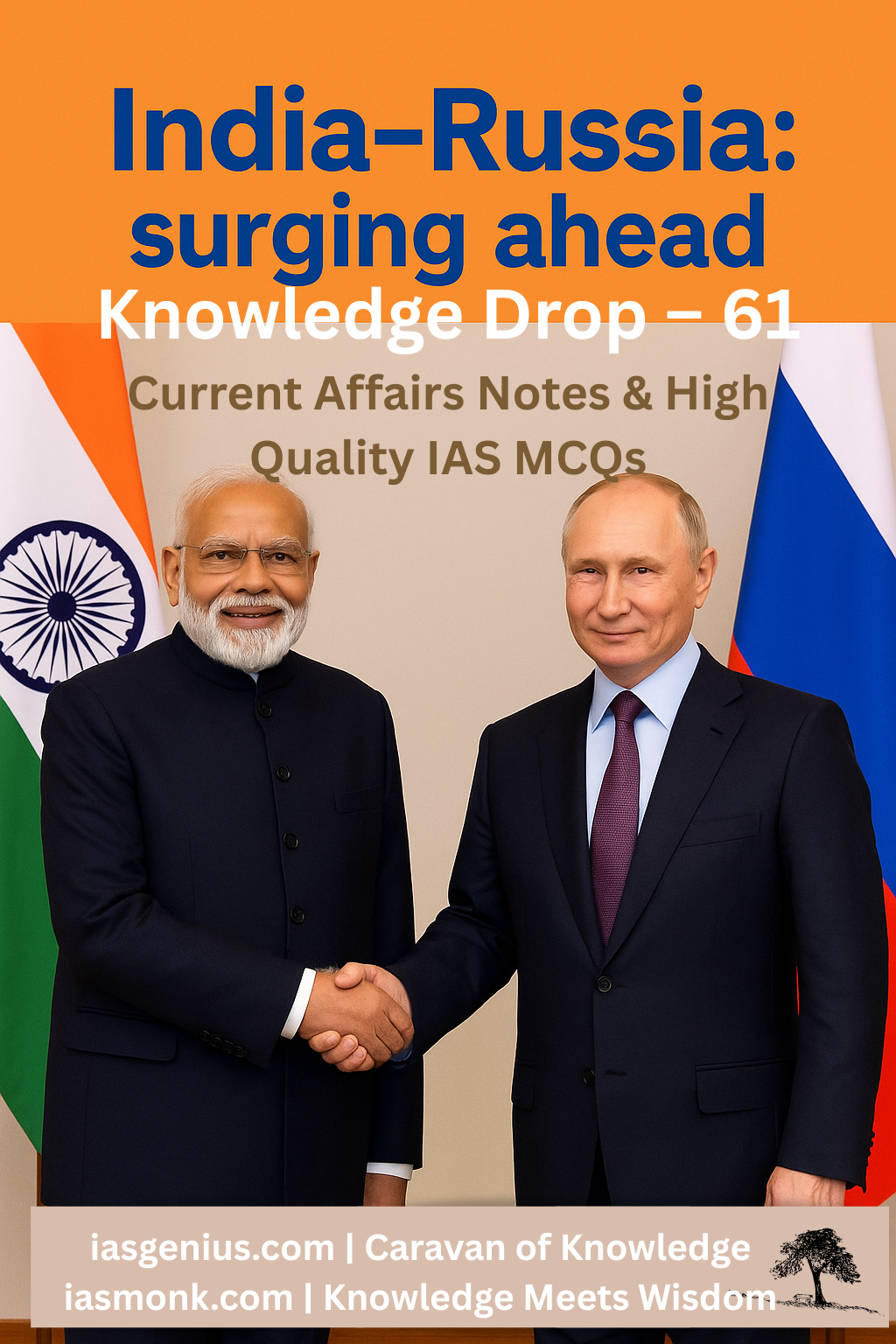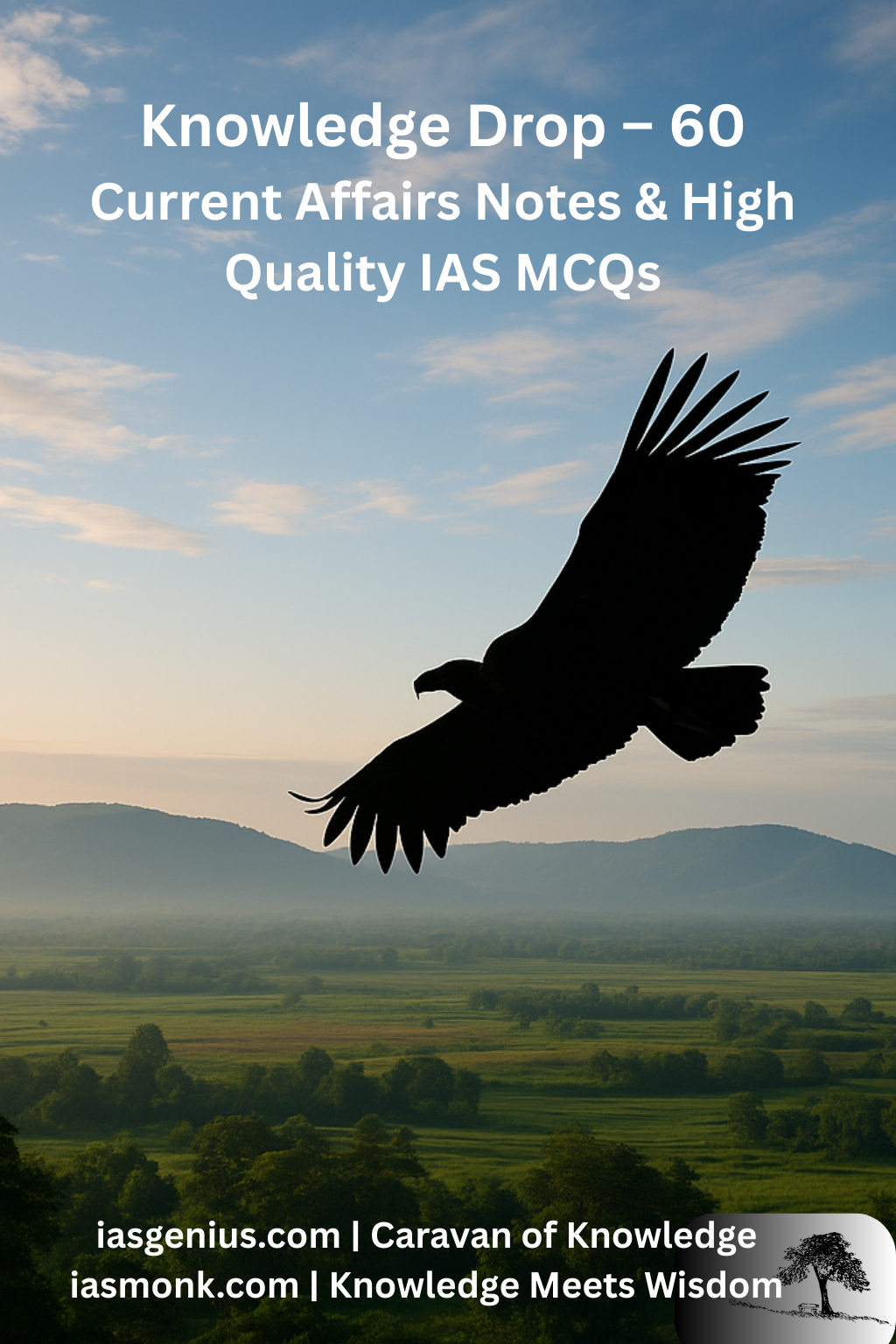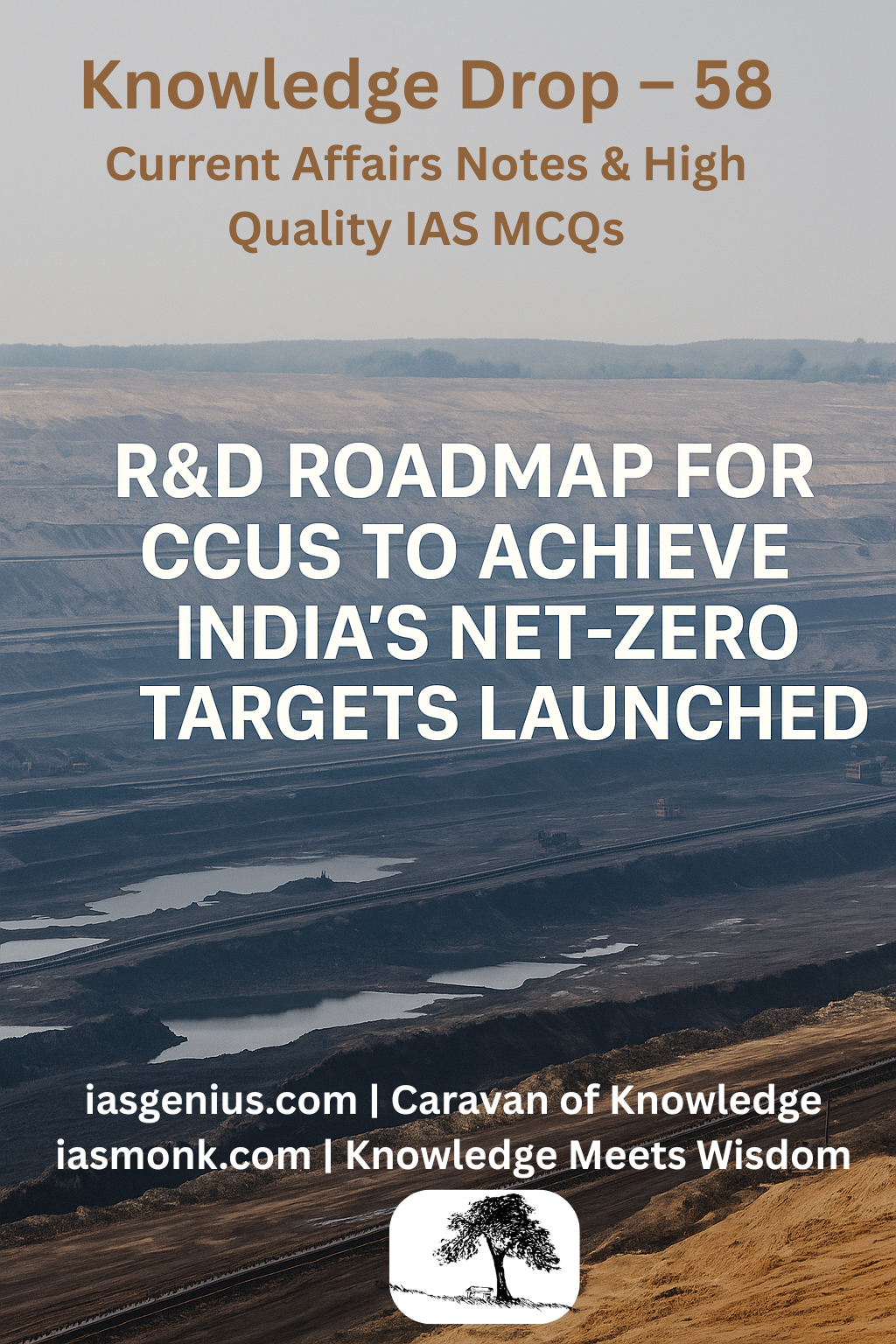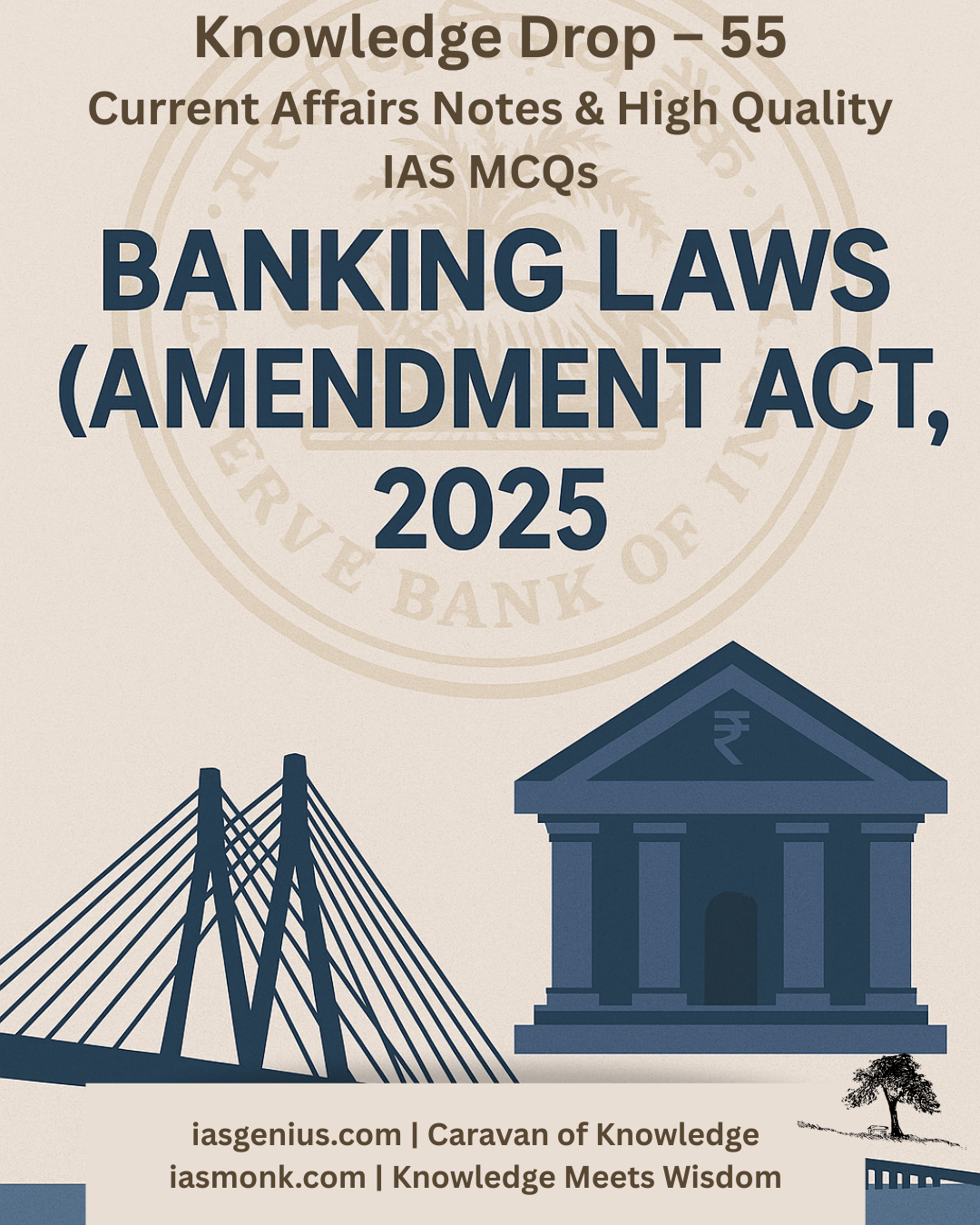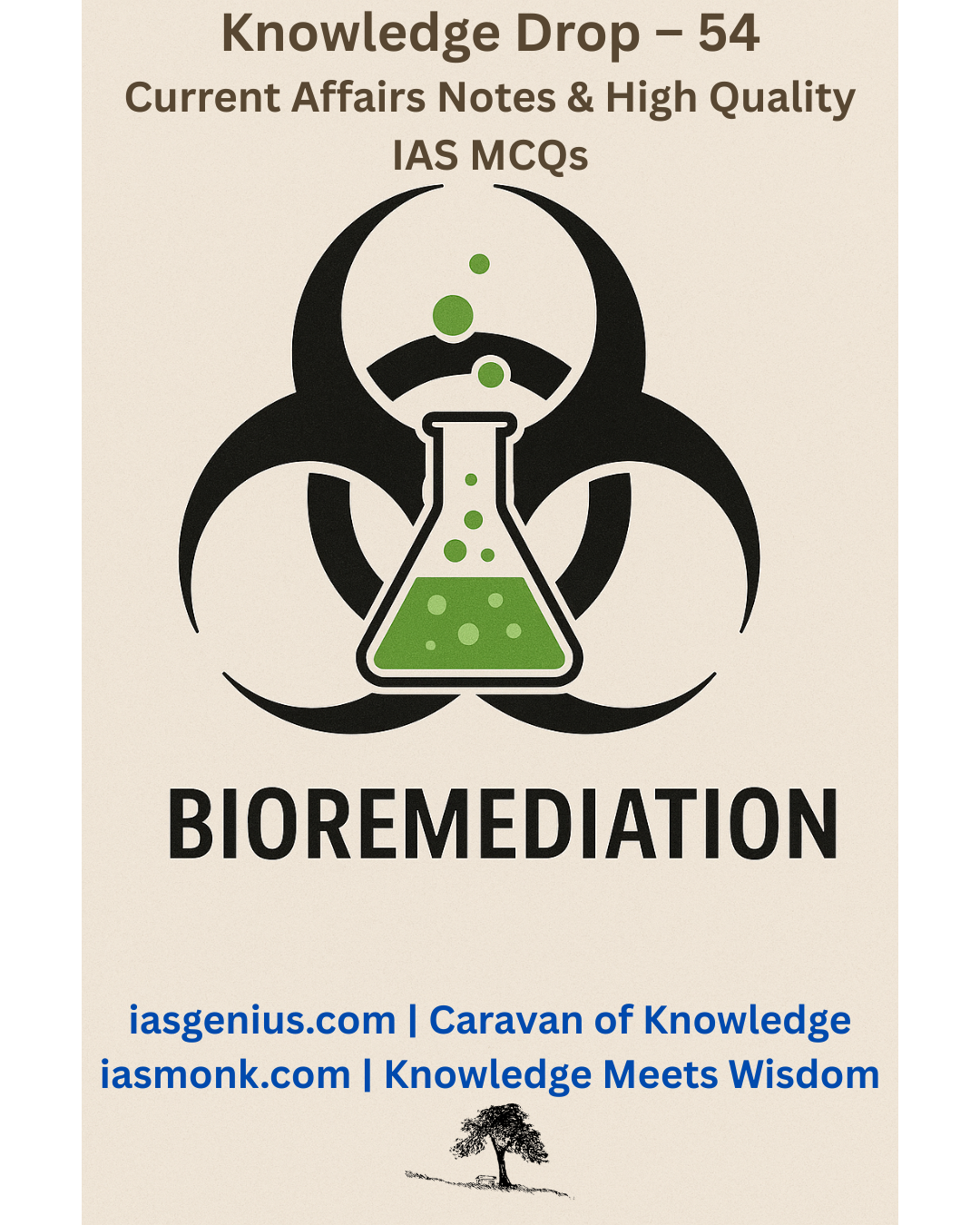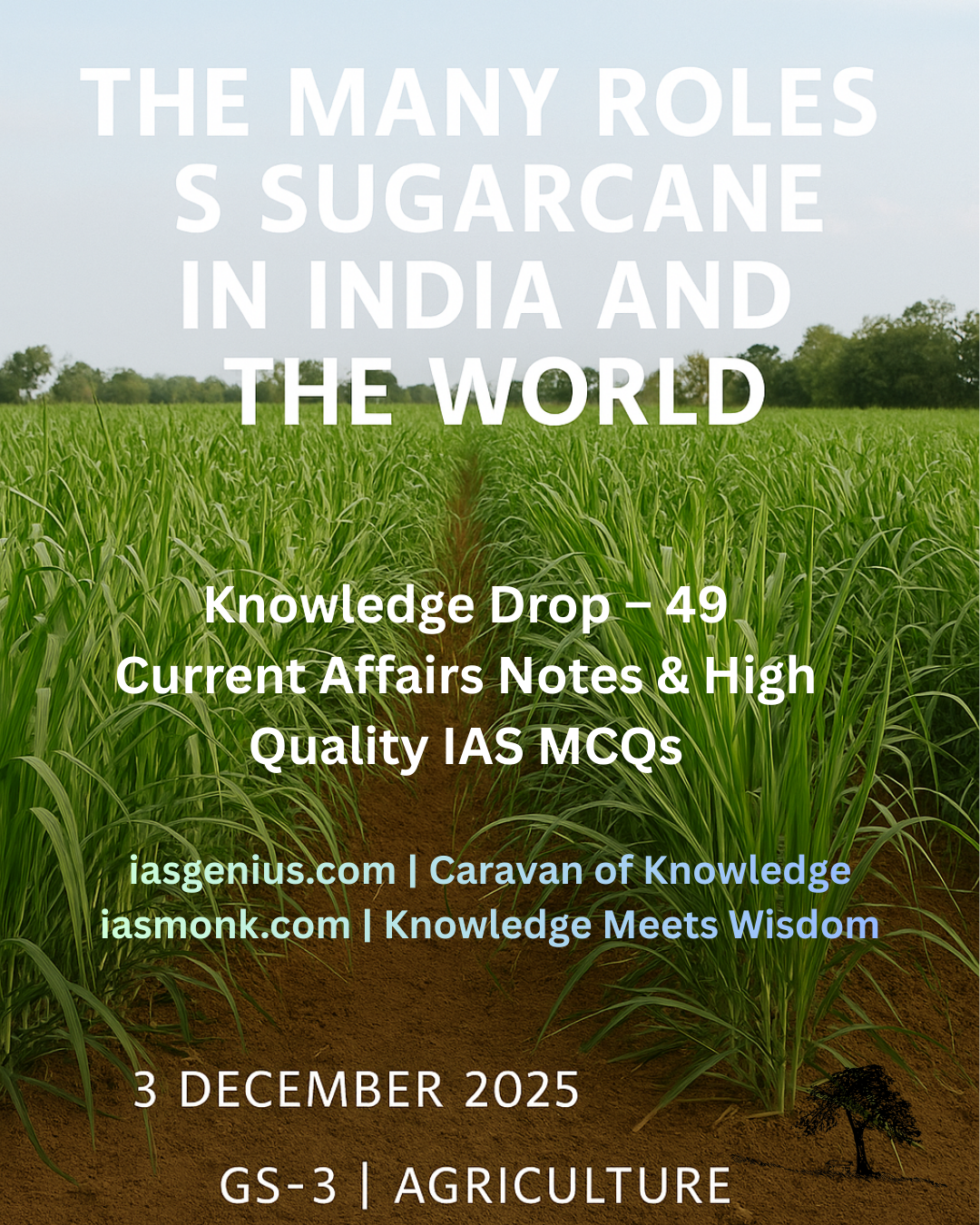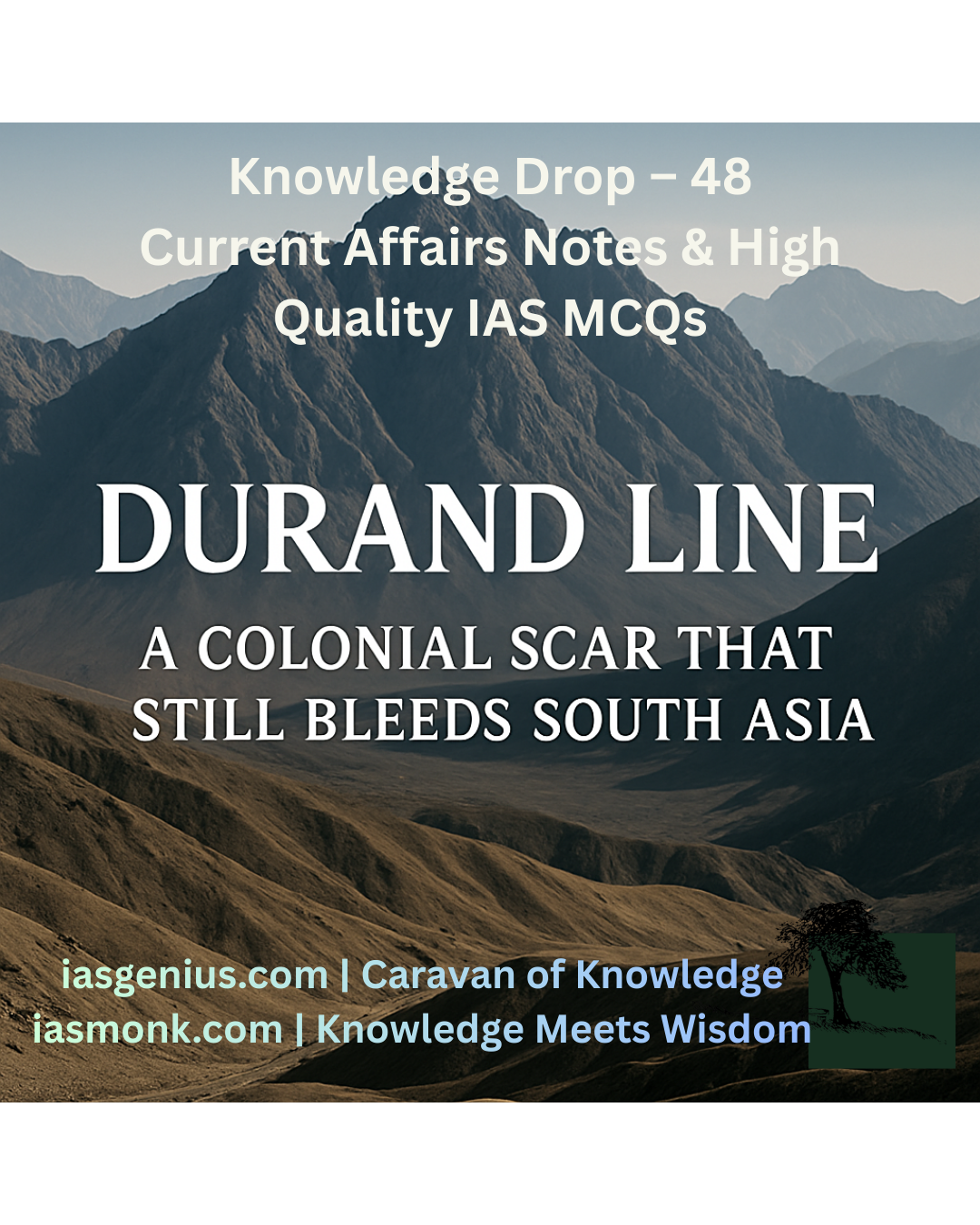🖋Mains Practice Q&A — Q.6 Gender Budgeting (March 2025 Yojana)
🖋Mains Practice Q&A — Gender Budgeting (March 2025 Yojana)
🧭 Thematic Focus:
- GS Paper: (e.g., GS Paper 2 – Governance & Polity)
- Yojana Edition: March 2025
- Category: Monthly Summaries → Yojana Summaries → March 2025
- Tags: Fiscal Federalism, Union Budget 2025, Finance Commission, Cooperative Federalism
❓ Mains Practice Question (250 Words)
Q6. What is Gender Budgeting? Critically assess its evolution and impact in India with special reference to the provisions made in Union Budget 2025–26.
(Word Limit: 250)
🖊️ Suggested Model Answer:
Answer:
Gender Budgeting (GB) is a fiscal tool that integrates gender perspectives into budgetary decisions, ensuring that public spending benefits both women and men equitably. Introduced in India in 2005–06, it focuses on bridging gender gaps in access, opportunity, and empowerment.
The Gender Budget 2025–26 stands at ₹2.36 lakh crore, accounting for 4.9% of the total Union Budget and marking a 7% increase over the previous year. It categorizes allocations into Part A (100% women-specific) and Part B (at least 30% for women).
Key schemes include:
- Saksham Anganwadi and POSHAN 2.0 – ₹23,048 crore
- PM Matru Vandana Yojana (PMMVY) – ₹3,630 crore
- Beti Bachao, Beti Padhao (BBBP) – ₹1,200 crore
- DAY-NRLM for SHGs – ₹15,300 crore
Additionally, new gender-responsive interventions have expanded to ministries like Skill Development, MSME, and Labour & Employment, focusing on economic empowerment, workplace dignity, and skilling.
Progress is visible in rising female school enrollment, institutional deliveries, and financial inclusion under Jan Dhan Yojana. However, challenges remain: the gender wage gap, low labor participation (~25%), and limited awareness of GB mechanisms, especially at the state level.
To deepen impact, India needs stronger monitoring frameworks, state-level adoption, capacity building, and public outreach.
Gender Budgeting is thus not a symbolic allocation but a vital lever for inclusive governance and economic justice.
🧩 Keywords for Enrichment:
- Part A & B categorization
- Gender Parity Index
- PMMVY, BBBP, POSHAN 2.0
- DAY-NRLM & SHGs
- Labour codes & maternity benefits
- Financial inclusion (Jan Dhan)
- Gender wage gap
- State-level GB adoption
- Capacity building for policymakers
🔍 GS Paper Mapping
- GS Paper 2 – Governance, Centre–State relations
- GS Paper 3 – Budgeting, Public Finance
🪔 Closing Whisper:
“A just economy is one where every woman’s voice is a line in the nation’s ledger.” 🌷

